At the end of May, Smilegate’s Smilegate Foundation hosted the “2025 Heemang Makerthon” at the Smilegate Future Lab. The event aimed to build a social impact ecosystem by connecting nonprofit organizations with donors to address pressing societal issues. The Heemang Makerthon is a gathering where nonprofit organizations and social ventures come together to explore solutions to social challenges and develop actionable strategies. The Newsroom team visited the event to hear candid stories from the participating Heemang Makers.

Heemang Makers Learn to Understand Donors’ Perspectives
“Through the Makerthon, we had the opportunity to better understand the hearts of donors.”
This year’s Heemang Makerthon featured eight nonprofit organizations, including On-Gi, JayuSchole, Incoop Cooperative, Youth Happiness Foundation, Korea Pediatric Cancer Foundation, Korea Esports Education Federation, the international relief group Cointree, and Wish School. The term “Heemang Makers” refers to public-interest groups that work with Heemang Studio to identify social issues and implement solutions.
Under the theme “Sustainable Solutions to Social Problems Through Empathy,” the Heemang Makers focused on how to craft campaigns that would resonate with donors.

To support this, the “Understanding Donors” session involved creating four donor personas and developing key questions to appeal to each group. These included “reward-oriented” donors, who prefer tangible items like goods in return for their donations, and “utility-focused” donors, who expect measurable outcomes. Each type informed the development of compelling campaign narratives designed to foster empathy.
Participants further discussed what values would resonate with donors and what motivated their desire to contribute. Choi Yumin, a team leader at On-Gi, shared, “By creating a donor persona likely to empathize with our story, we could clearly define the direction of our campaign. It helped us reflect on why we need this campaign and how to make our message persuasive to someone encountering it for the first time.”
They also used AI tools to refine their organization’s slogans and campaign messages. An Mi-ha, representative of Incoop, explained, “Our original slogan was ‘Dreams Without Discrimination, Fair Education.’ When we shared our values and challenges with an AI program, it suggested the phrase ‘The English Education Gap Is an Opportunity Gap.’ Doesn’t that really hit home? It felt like it encapsulated our identity and concerns perfectly. Thanks to that, we were able to craft a more sincere slogan that would resonate with donors.”
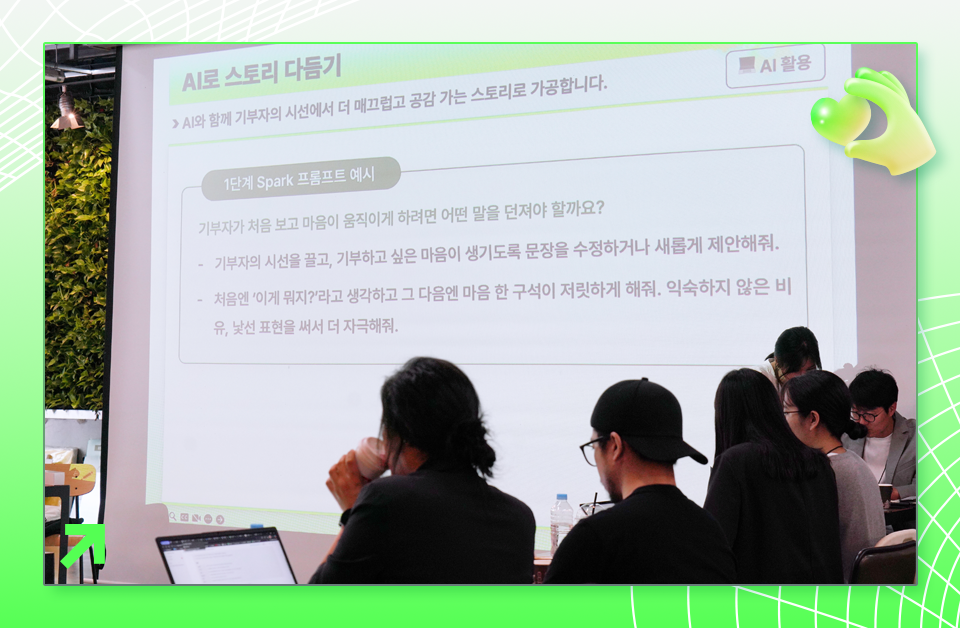
From Brainstorm to Action: Turning Makerthon Ideas into Real Campaigns
What makes this Heemang Makerthon especially meaningful is that the ideas discussed are being put into real action. Participants are planning and launching actual campaigns based on the outcomes of the Makerthon, with rollouts scheduled through September. Fundraising will take place on Heemang Studio’s donation platform, and proceeds will be used for upcoming initiatives. The campaign results—including total donations and participation metrics—will be shared during an impact showcase in December.
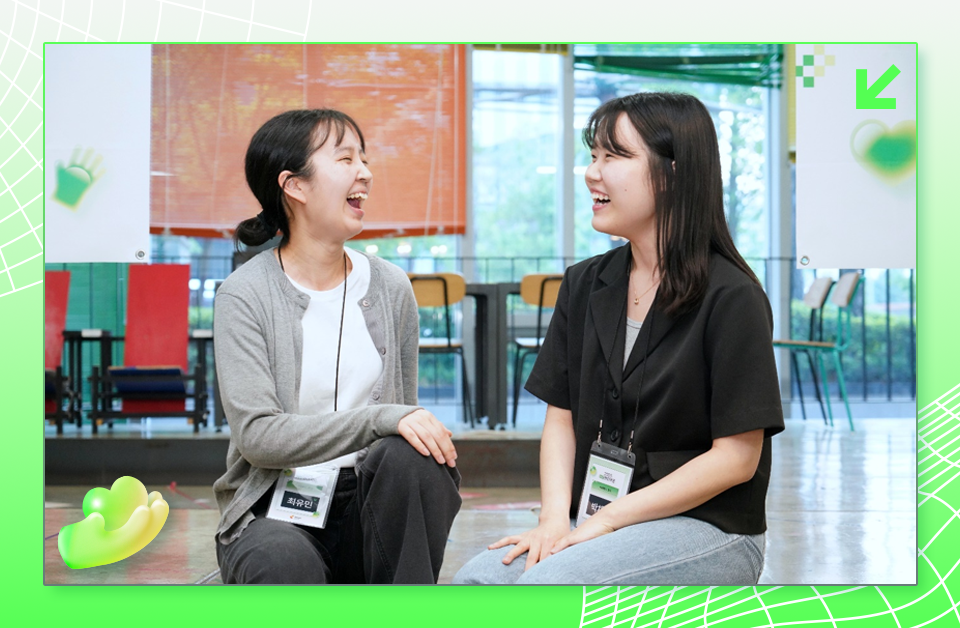
Choi Yumin from On-Gi remarked, “Even when writing a single line of campaign content, the thought that it would actually be used made us take it more seriously. It wasn’t just about submitting a proposal—we were designing something real. It gave us a sense of hands-on experience.”
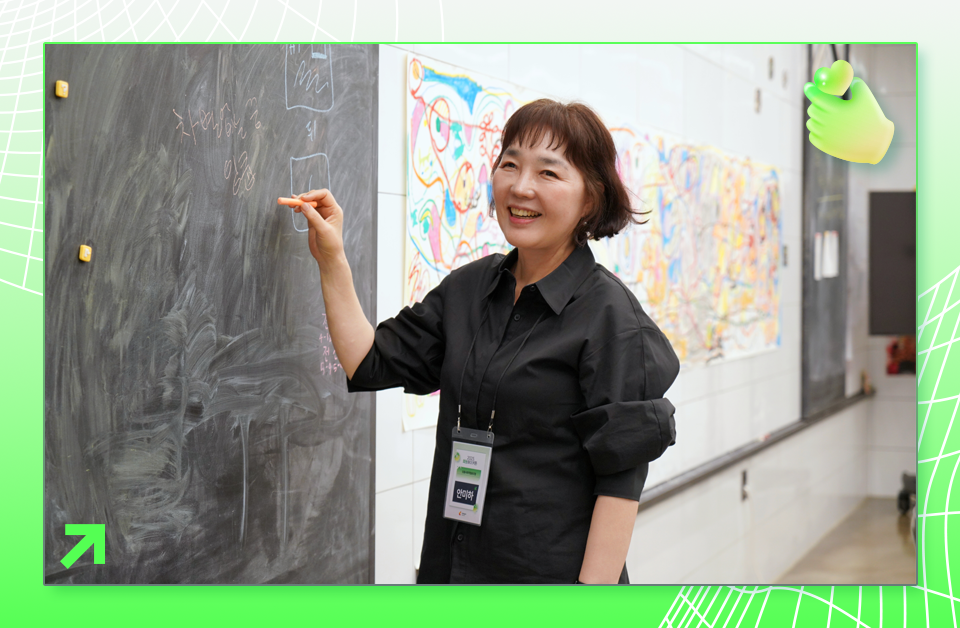
An Mi-ha from Incoop plans to expand their campaign efforts as a result of this event.
“I want to show children that learning English isn’t just about memorizing words—it’s a tool that opens doors to all kinds of opportunities. For example, studying English could introduce them to AI, and eventually spark dreams of becoming AI developers. As we move forward with our campaign, I hope to integrate the insights and expertise we gained from working with Smilegate Foundation.”
The 6S Story Framework: A Strategy for Earning Donor Empathy The 6S Story Framework is a strategy that structures a campaign around six key elements: Spark, Scene, State, Suggest, Shift, and Share. Participants unanimously agreed that this approach helped them develop their campaigns from the donors’ perspectives. |
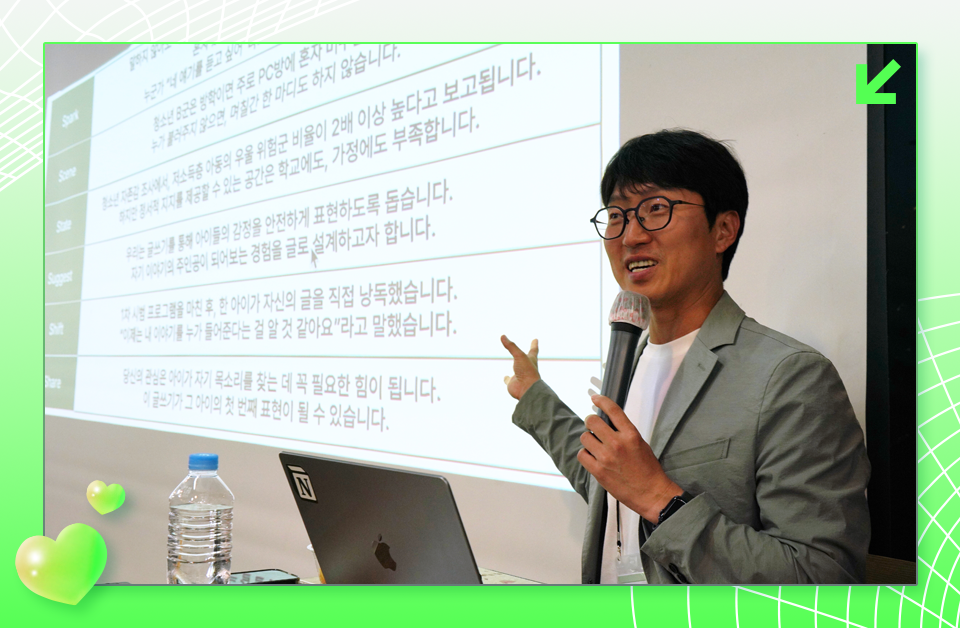
Spark: Write a compelling message that can emotionally move donors.
Scene Imagine who the beneficiaries are and what challenges they face.
State Research data or facts that support the need to address the problem.
Suggest Explore the possible actions donors can take to help solve the issue.
Shift Visualize the impact donors can make through their participation.
Share Summarize the specific actions donors are encouraged to take to bring about change.
However, when quoting content in articles, please credit it as “Smilegate Newsroom.”



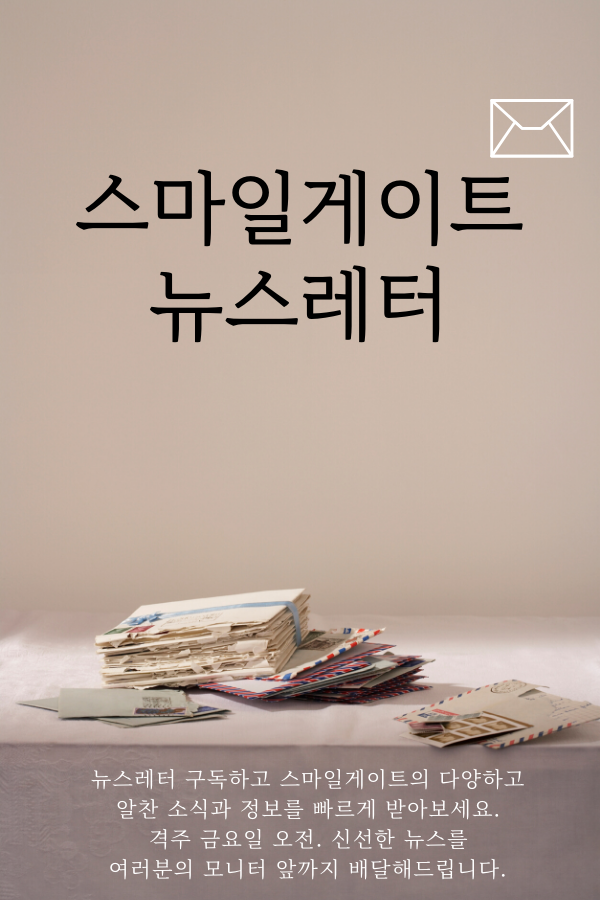
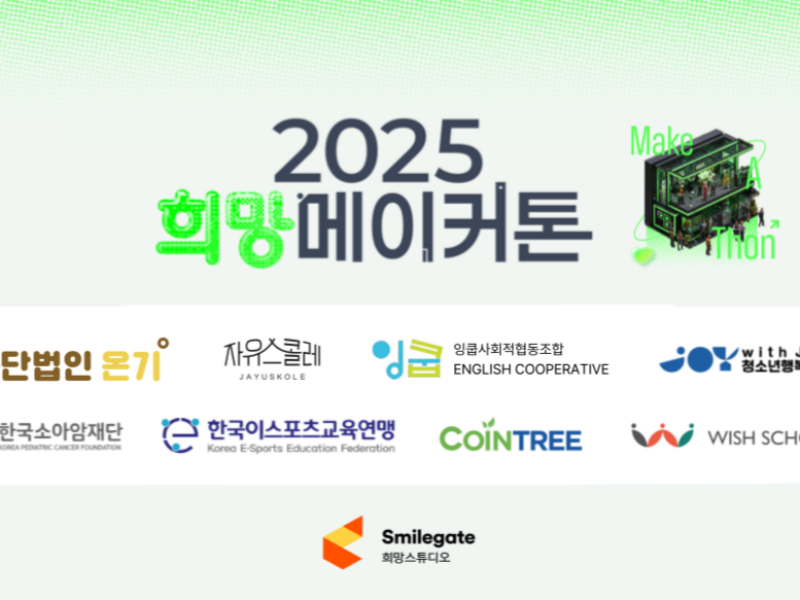
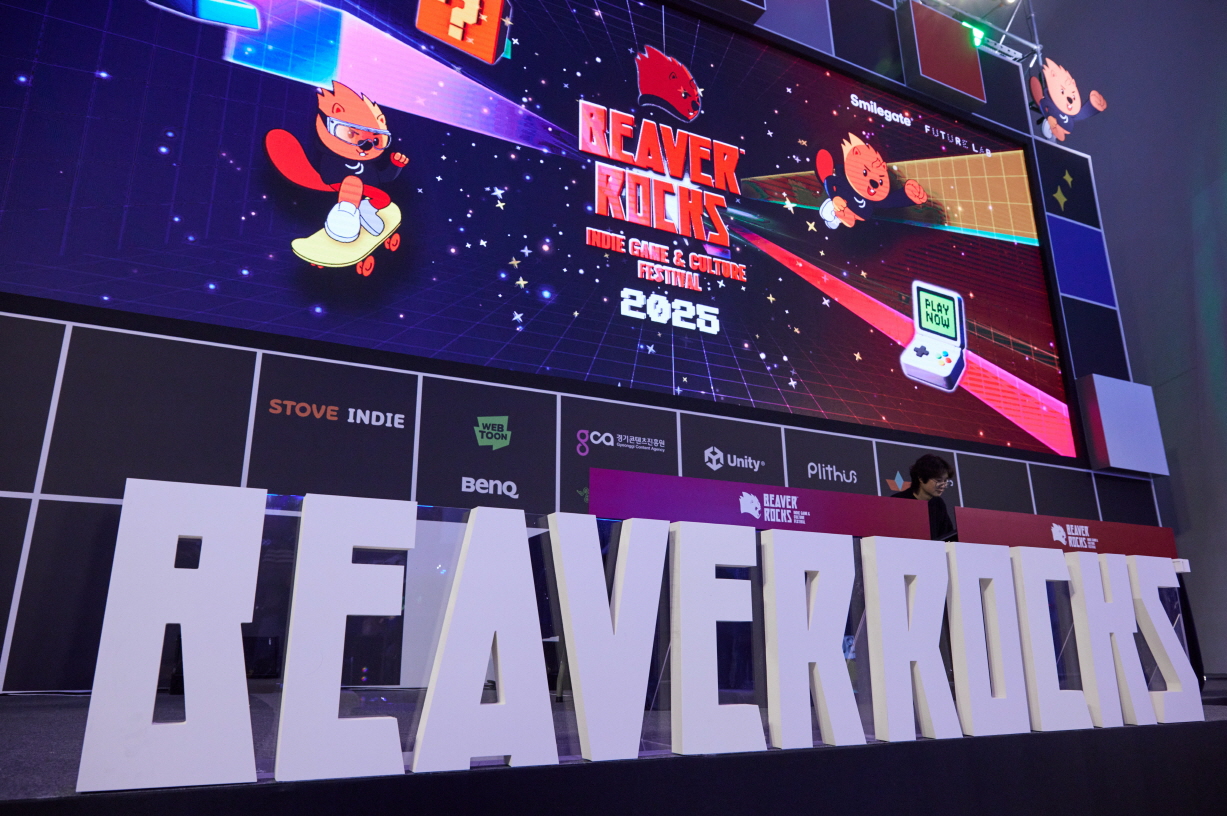

 TOP
TOP
